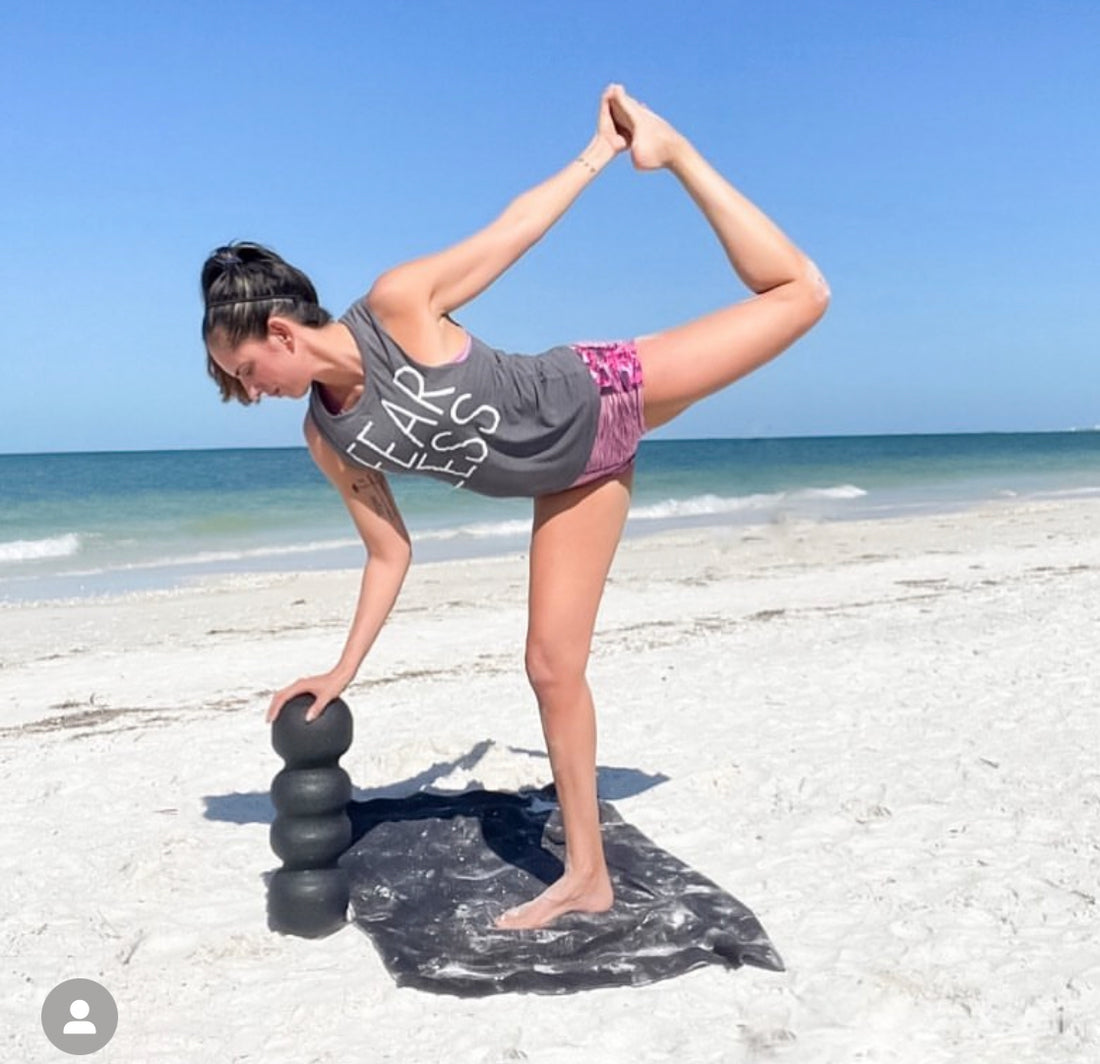
Flexibility, as used here, is defined as the ability of a joint or a group of joints and muscles to effectively move through an unrestricted and pain-free range of motion. With regard to joints specifically, flexibility is the degree of extension that its tissues are capable of going thru.

Flexibility is specific to individual joints, so it is possible to have some joints and muscle groups that are mobile and flexible, while others are tight and inflexible. Training flexibility is possible.
Flexibility varies widely from person to person, and is influenced by an array of factors such as anatomical structure, genetics, age, gender, history of injury and activity levels. Minimum ranges of motion are required in order to maintain joint and overall body health, and decreased flexibility can lead to abnormal stress on tissues and structures both around and distant from the initial site of inflexibility.
Rollga is a highly effective means of improving flexibility. Rollga Point Releases and stretches help muscles to lengthen and release. They also building strength that help support the movement of a joint. Additionally, Rollga routines helps to reduce fascial tightness and neuromuscular inhibition, both of which can reduce flexibility.
Flexibility is influenced by the mobility of the soft tissues that surround a joint, including muscles, ligaments, tendons, joint capsules, fascia and skin. Inactivity and lack of stretching and proper muscle releases can lead to these soft tissues shortening over time, thereby reducing the range of motion and overall flexibility. Improving flexibility is a gradual process that requires regular practice thru training for flexibility.
Rollga Moves (Combination of Rollga Point (RP) and Stretches (RS)) support the body in improving flexibility in two main ways. Firstly, it stimulates and stretches fascia, a connective tissue that surrounds and permeates bodily tissues. When fascia is restricted or tight, it can limit the range of motion of nearby joints and muscles. Secondly, Rollga practices help the nervous system to allow the muscles to release and extend.
A well-rounded Rollga practice also tends to target all joints and muscle groups in the body, thereby supporting a balanced range of motion in all possible directions and planes of movement.
The benefits of releases & stretching on flexibility has numerous benefits for the body, including but not limited to:
-
Better posture.
-
Reduced muscular tightness.
-
Decreased risk of injury and improved injury rehabilitation.
-
Maintenance of healthy cartilage.
-
Reduced muscle fatigue.
-
Increased blood supply to joint structures.
-
Improved range of motion.
-
Enhanced athletic performance.
-
Reduced stress levels.
- Better sleep.
Additionally, Rollga practices incorporates stretching in combination with muscle releases and activation. This combination is the most effective means of improving flexibility and training for flexibility. Rollga practice generally includes various types of stretching by using the Rollga products to enhance specific areas of the body to be released and stretched.
Using the Rollga Foam Roller as a prop and incorporating four types of stretches into a Rollga practice and routine has show significant flexibility improvement over just stretching alone. Four types of stretches are:
-
Static Stretching - in which the body is moved into a position that lengthens a target muscle, before holding for up to 60 seconds.
-
Dynamic Stretching - where the body moves in and out of a position that lengthens a muscle, gradually increasing the range of motion of the joint.
-
Active Isolated Stretching - in which the joint is moved through a complete range of motion, holding the end point only briefly before returning to the starting point.
- Myofascial Release - self-massage and muscle releases
In conclusion, Doing Rollga Moves and Routines multiple times a week, particularly if sitting a lot at a desk, can be extremely beneficial for flexibility training.
The American College of Sports Medicine (ACSM) recommends that stretching exercises be performed a minimum of 2-3 days per week. For even greater benefits, flexibility training can be done more often; static stretching can be performed up to 7 days per week. Stretching should be done after a proper warm-up.
It is best to also best to do Rollga when muscles are warm. A good analogy of stretching or releasing a cold muscle is to think of a rubber band being stretched that is cold. What happens? It snaps and that is exactly what you don't want. As always, take it slow and easy to listen to your body as it progresses into moving better thru simple and effective Rollga Flexibility Training.

